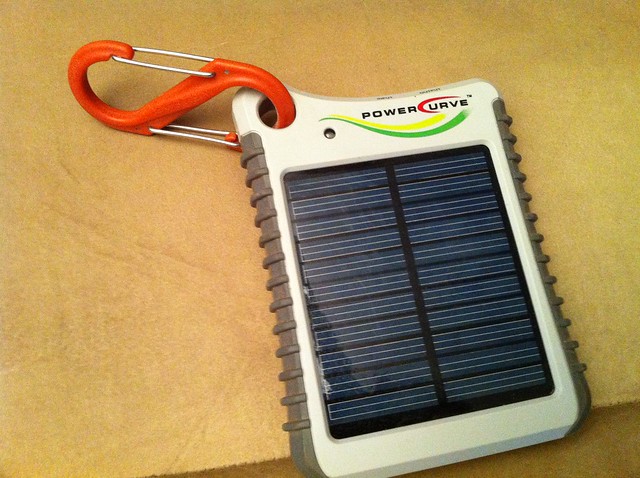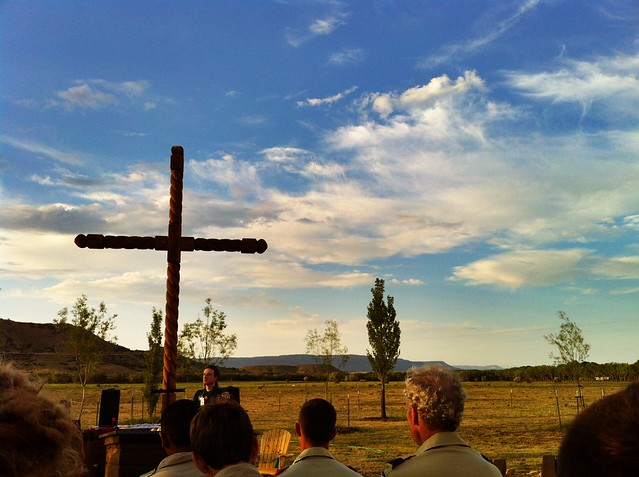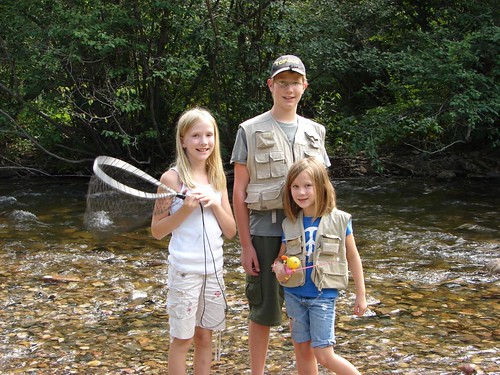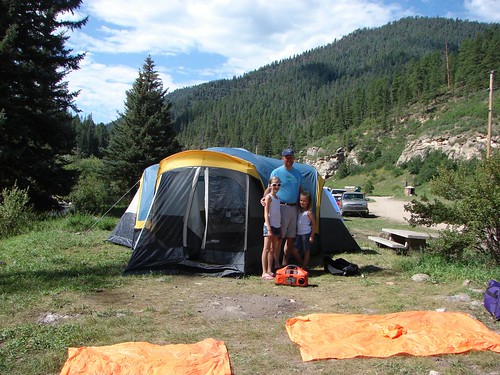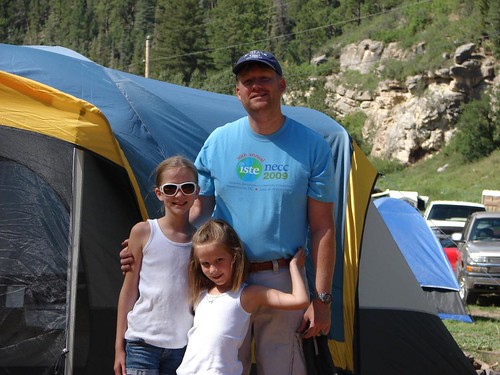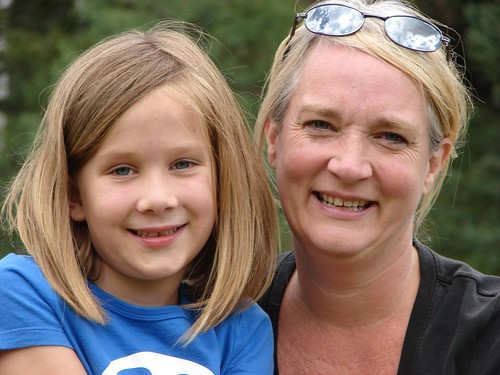Grandfather Mountain Backpacking Adventure (June 2022)
In early June 2022, I had the privilege to journey with our daughters to the Grandfather Mountain State Park for the first time. We embarked on a three-day, two-night backpacking adventure and relished a wonderful experience. Although we ended up hiking more on the second day than planned, leading to some exhaustion, the overall trip was superb. In this post, I aim to reflect on our journey, the trails we trekked, and my overall impressions of both the Grandfather Mountain Biosphere Reserve and the Grandfather Mountain State Park.
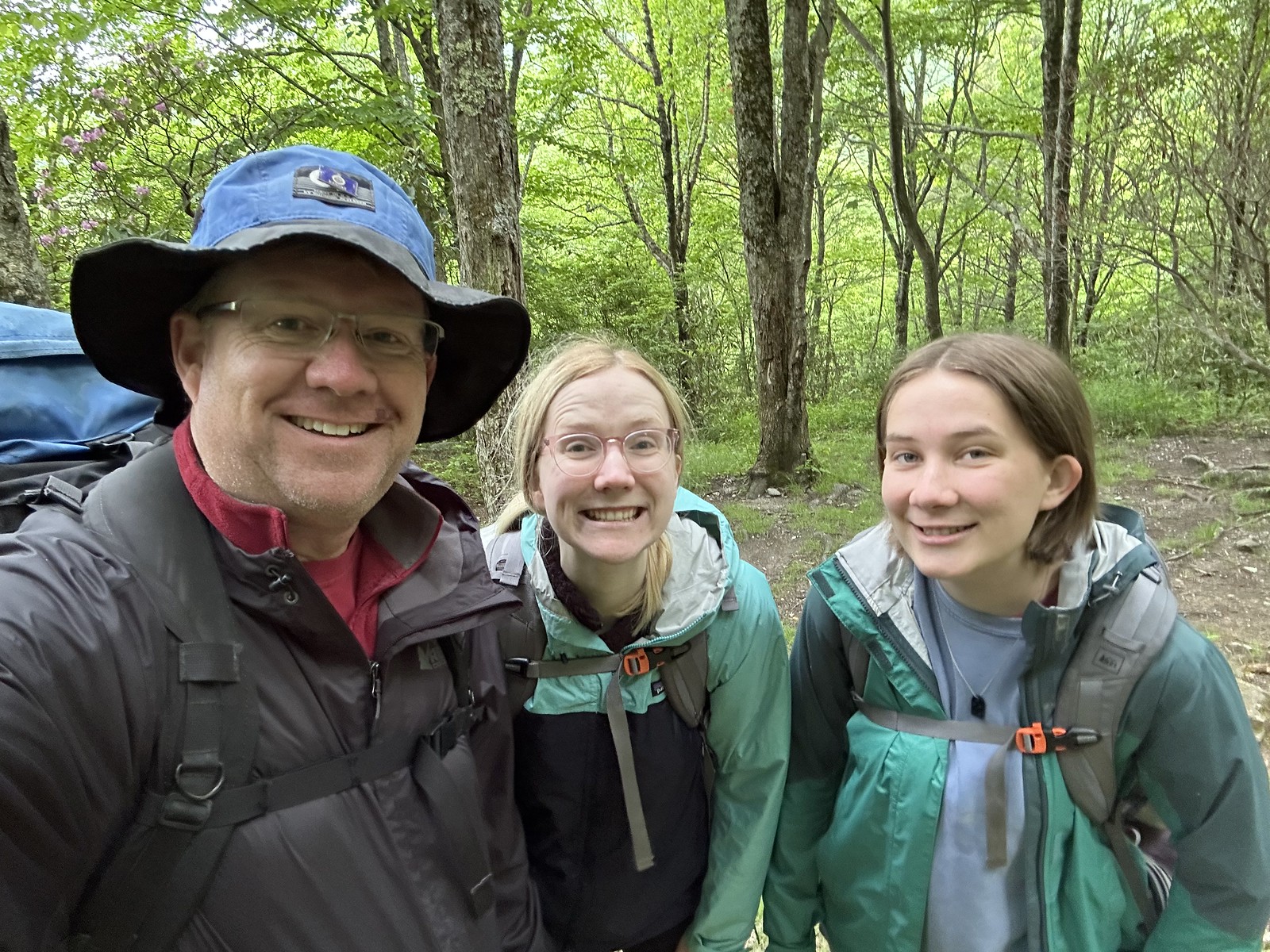
Overview of Our Trip
We have been residing in North Carolina for a year, and I have previously enjoyed backpacking and camping. I aimed to provide our daughters, aged 19 and 22, with a memorable backpacking experience, while also allowing them to appreciate the beauty of the Blue Ridge Mountains and the Appalachians of North Carolina. I had heard from friends that Grandfather Mountain was an outstanding place to hike and explore, and they were absolutely correct.
I recorded quite a few video clips during our trip, and I edited these together along with a few still images in a 12.5 minute video using iMovie for iOS.
Back in March, during Easter Weekend, my wife and I stayed at a vacation rental in Deep Gap, near Boone, and spent some time driving along the Blue Ridge Parkway. It was then we discovered the Boone Fork Parking Area, which served as our launch point for this adventure. Our planned route to the Storytellers’ Rock campsite was a modest one-and-a-half-mile journey, ideally completed in about an hour. I made reservations online a couple of months in advance and planned to arrive on Sunday afternoon, which gave us plenty of time to hike into camp and set up.

Impressions of Storyteller’s Rock and the Nuwati Trail
The Nuwati Trail, leading to Storyteller’s Rock, isn’t particularly challenging, but it is rocky with many roots. It’s now essential to make camping reservations online and fill out a written camping form upon arrival, noting your plans and emergency contact information.
I chose Storyteller’s Rock due to its impressive views and reported native history, as well as its proximity to several streams and water sources. Purifying water is crucial in the backcountry, and I recorded a short video demonstrating three different methods of water purification.
The campsite was ideal; we particularly loved the wooden platform provided for tents and the excellent fire ring.

We didn’t encounter any bears, but they are present in the area, so it’s important to take bear precautions seriously.

Daniel Boone Trail to Grandfather Mountain
On the second day, we returned to the Nuwati Trail and connected with the Daniel Boone Trail, which follows the entire ridgeline up to the top of Grandfather Mountain. This challenging and rigorous hike offered spectacular views. If you plan to tackle the entire trail, ensure you are in excellent physical condition and prepared for a significant challenge.

Overall Impressions of Grandfather Mountain Biosphere Reserve and State Park
Grandfather Mountain Nature Preserve and State Park are breathtaking areas of North Carolina. As new Charlotte residents, it’s fantastic to be just a couple of hours from the mountains. The communities of Blowing Rock, Boone, Banner Elk, and Linville are conveniently close.
We plan to return later this summer, having chosen to join the Grandfather Mountain non-profit and truly take advantage of the summit’s hiking trails. The area reminds me of Pikes Peak in Colorado Springs, which you can drive to the top of, but Grandfather Mountain offers a greater range of trail options. This spectacular area offered us a chance to introduce our girls to the Blue Ridge Mountains of North Carolina.
If you’re planning a trip, I recommend the mobile app ‘AllTrails,’ which proved invaluable on our journey, tracking our mileage and elevation changes, and allowing us to see precisely where we were on each trail.

Conclusions
To conclude, I’ll share a short video of a black bear we encountered at the Grandfather Mountain Preserve, which was one of the most incredible experiences we’ve ever had with a bear, either in a zoo or in nature.
Grandfather Mountain is indeed magical, and I am eagerly looking forward to our return. If you’re considering a trip to North Carolina, I highly recommend making Grandfather Mountain State Park a priority – it’s an adventure you won’t forget.

AI Attribution: I used the Open AI iOS applications Whisperboard and ChatGPT to create and edit the text in this blog post.

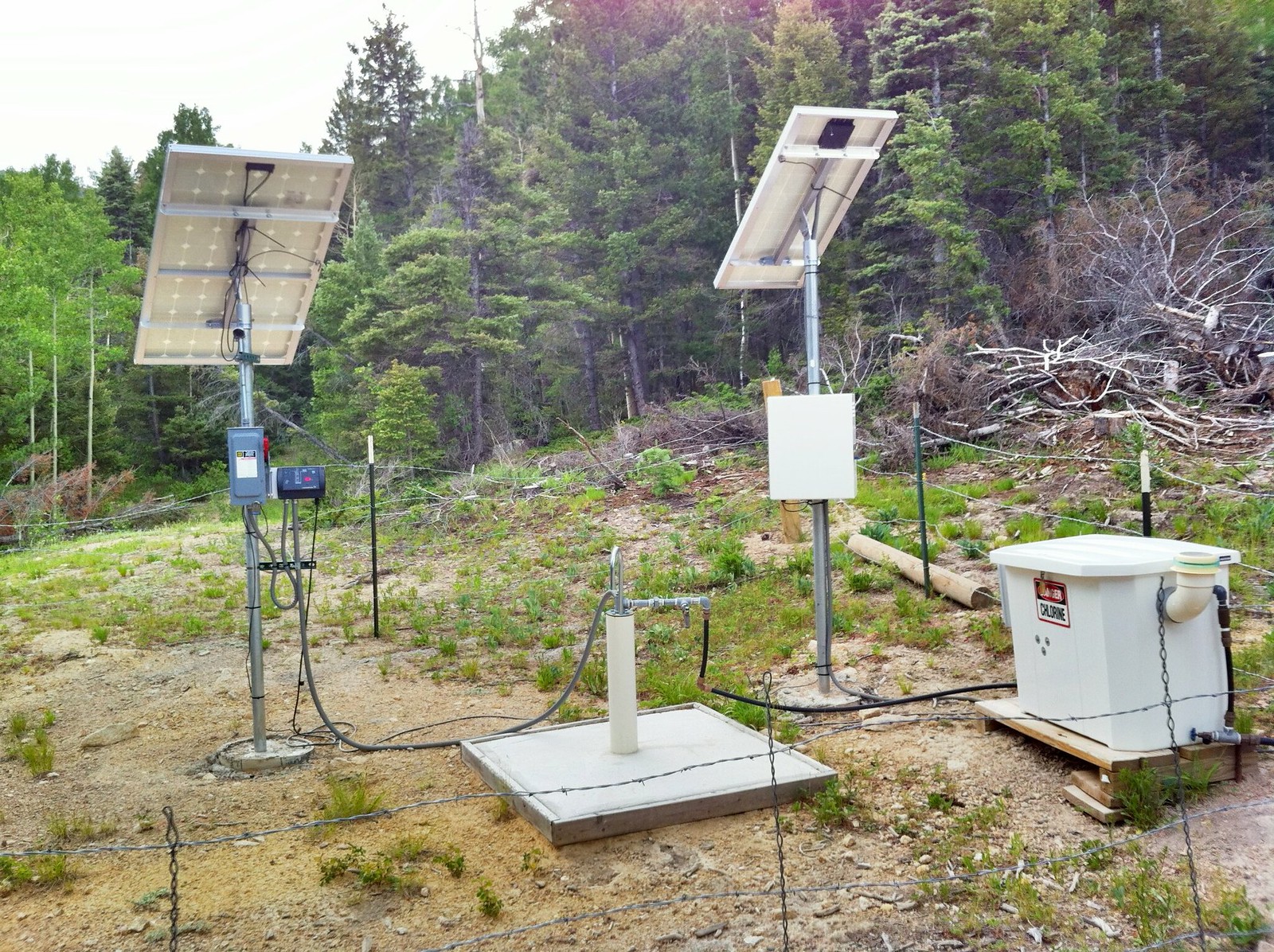

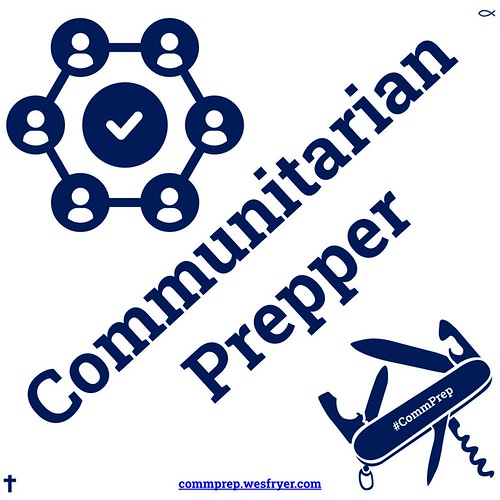



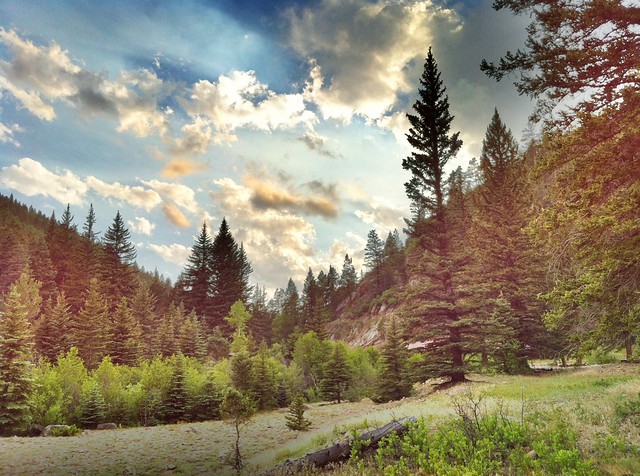
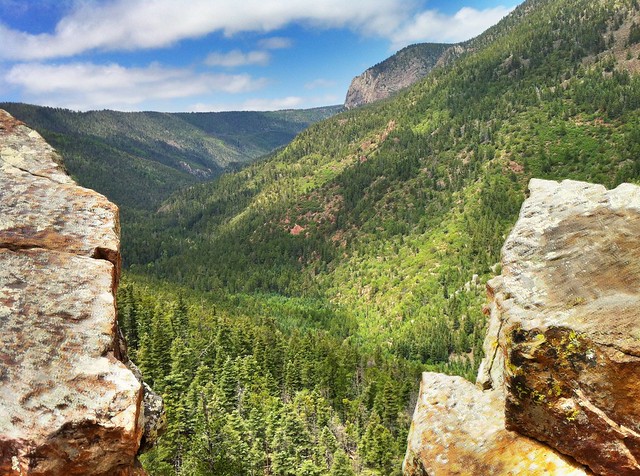

![On top of Mount Phillips [PANO]](http://farm8.staticflickr.com/7129/7475608610_e3bfff9be0_z.jpg)
![Cabin View at Cimarroncito [PANO]](http://farm9.staticflickr.com/8168/7469363598_1f8ab77bce_z.jpg)
![Top of the Tooth of Time [PANO]](http://farm9.staticflickr.com/8151/7475871786_f4a046b2a8_z.jpg)
